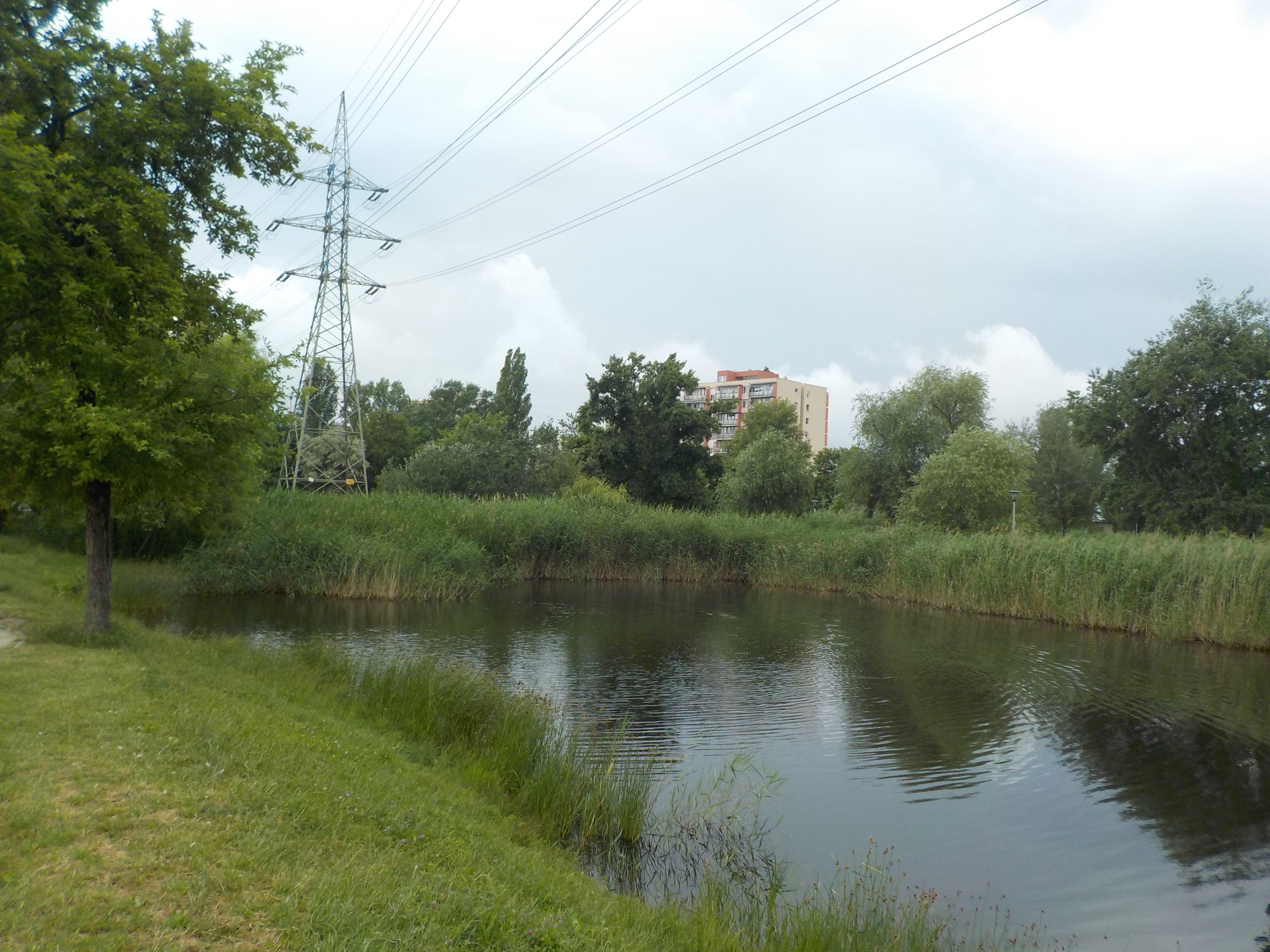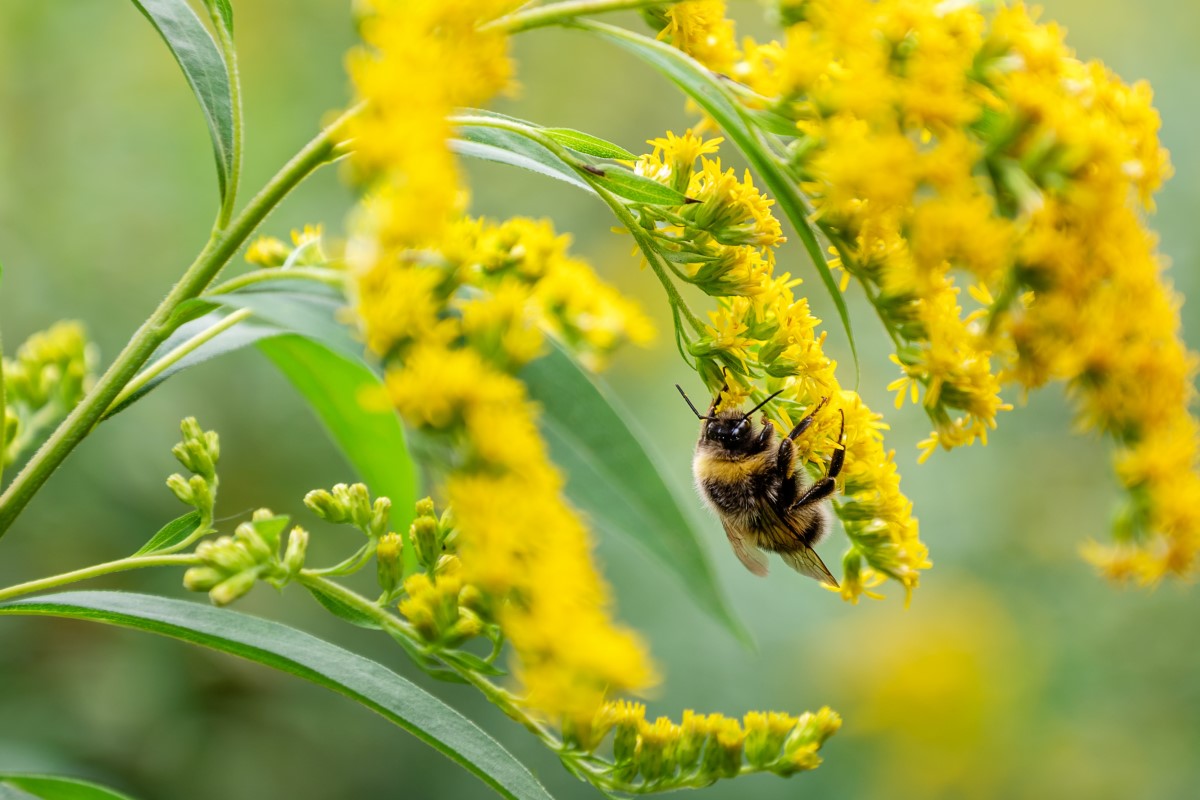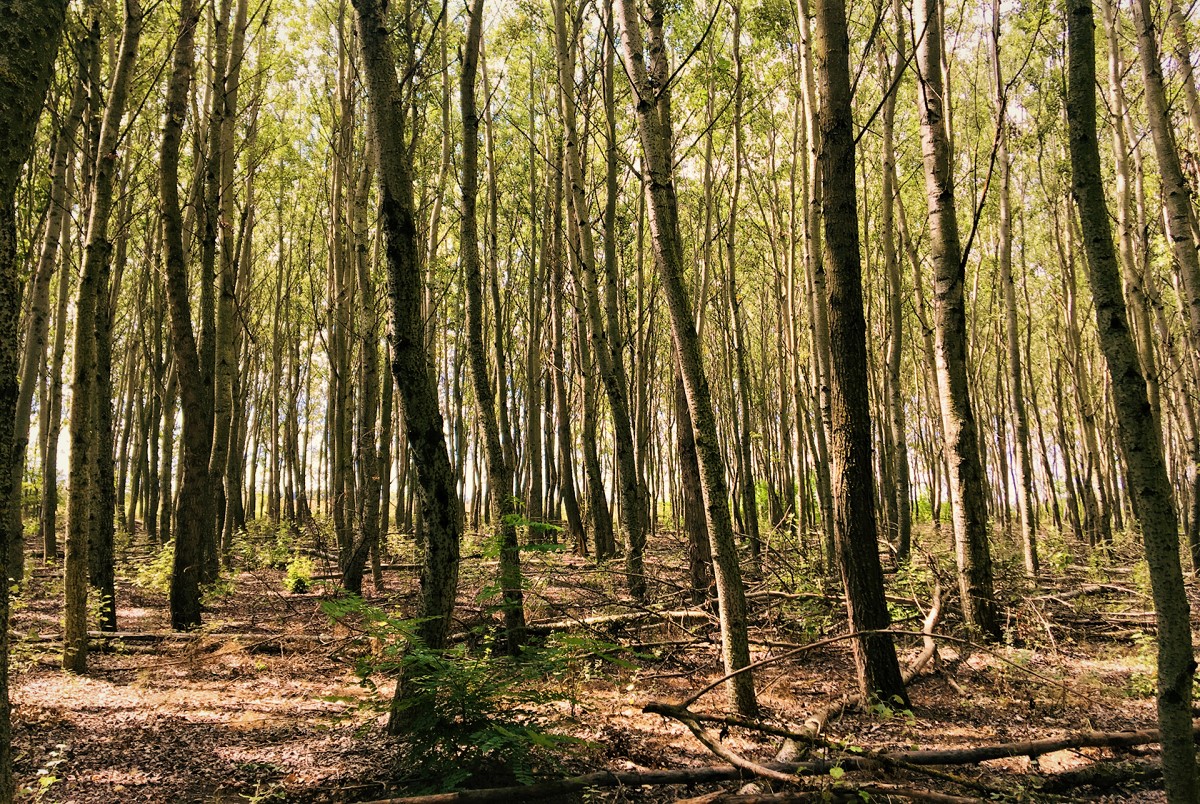
More than 50% of the world’s population currently lives in cities, yet cities can be home to significant biodiversity that provides important ecosystem services to urban populations. An international team of researchers, including Andrew J. Hamer, Senior Research Fellow at the Institute of Aquatic Ecology at the Centre for Ecological Research, has shown that urbanisation causes different changes in trait composition between animal groups through a systematic review of databases and publications on six terrestrial fauna groups (amphibians, bats, bees, birds, beetles and reptiles) in 379 cities on six continents. The study was published in Nature Communications.
Although urban environments cause significant habitat loss and alter the spatial structure of the landscape, it is crucial to conserve the remaining urban biodiversity and even increase the role of cities in reducing the current biodiversity extinction crisis. Understanding how different groups of animals respond through their functional traits to the impacts of urban environments worldwide is essential for developing effective strategies to promote biodiversity in urban environments.
Significant progress has been made in understanding the impacts of urbanisation on global biodiversity, there are still many gaps in research. Previous studies has focused geographically on major metropolitan areas in the northern hemisphere and Australia. However, the majority of the areas of greatest biodiversity value are in the tropics and the southern hemisphere, and these areas have been less investigated. Urban landscape structure has largely been characterised by negative indicators such as the proportion of impermeable surfaces, while biodiversity-enhancing indicators such as the proportion and spatial distribution of vegetation cover have received relatively less attention, particularly at the global level. Studies on urban biodiversity have so far mainly focused on plants and birds. Urbanisation also affects other species-rich and functionally important animal groups that have been little studied, such as insects, amphibians, bats and reptiles. Most studies on urban biodiversity continue to focus on taxonomic diversity, despite the growing importance of functional traits in the ecological literature.
In the Nature Communications study, six groups of terrestrial fauna (amphibians, bats, bees, birds, beetles and reptiles) from 379 cities on six continents were reviewed and shown that urbanisation causes taxon-specific changes in trait composition, with traits related to reproductive strategy showing the strongest response. The study results suggest that the impact of urbanisation on functional traits results in a set of four urban traits related to animal mobility and food preference, which can be classified into four types: mobile generalists, site specialists, central foragers and mobile specialists.
Mobile generalists includes taxa such as bats and carabid beetles are highly mobile species with more generalist diets and reproductive strategies that are better able to exploit available resources in urban environments. The urban trait syndrome associated with site specialists was characterised by reduced mobility, increased dietary specialism and a shift towards smaller clutch sizes. These traits are advantageous to species that are reliant on highly localised life cycles, such as amphibians and reptiles. Central place foragers establish a home base location from which they undertake daily movements to forage for additional resources. The taxa that displayed this urban trait syndrome were bees and birds. Mobile specialists are characterised by species that are able to meet their resource needs by being dietary specialists that are highly mobile and can move between spatially isolated food sources without having to return to a central place. Wetland birds can be regarded as mobile specialists, where their distribution is tightly linked to a specific resource (waterbodies), but they have the capacity to easily move between locations when resources fluctuate.

(Photo: Shutterstock)
These findings are in contrast to the hypothesis that there is one single global ‘urban trait syndrome’ as a species response to urbanisation. The results therefore reassess previous ideas about ecological community dynamics and biotic homogenisation of urban ecosystems. It is crucial for the survival of different animal groups that conservation and urban development regulations and plans for cities and their environments take into account the different needs of different animal groups, as this may underpin the increasing role of cities in mitigating global biodiversity loss.
Lead photo: Julia Horanyi: An urban wetland that is habitat for species covered by all four urban trait syndromes








